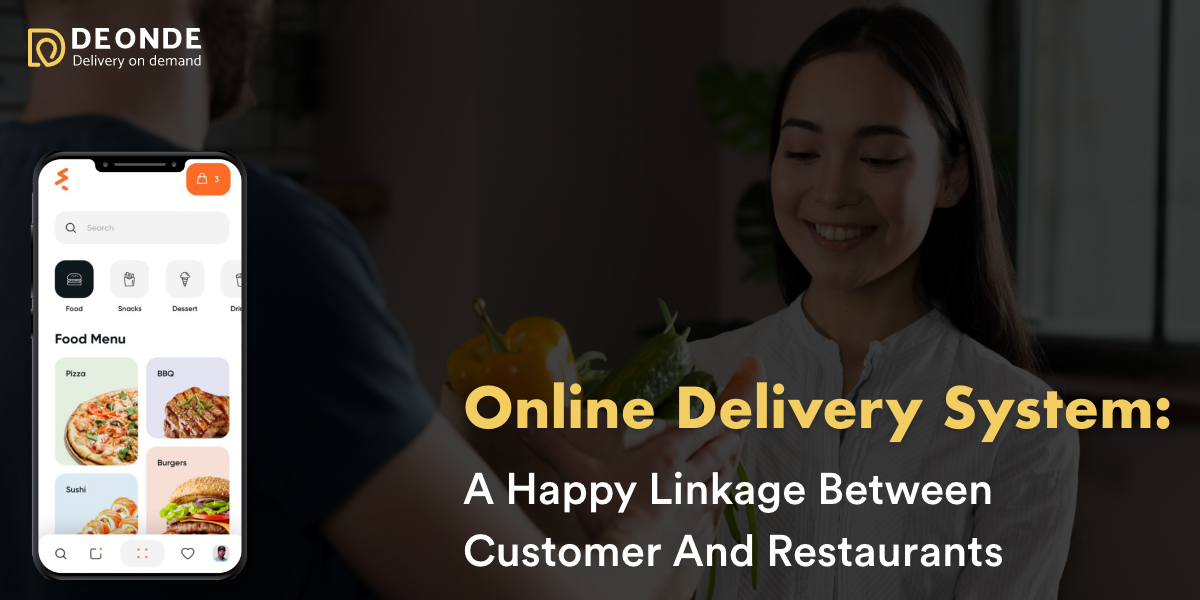In this era of massive development, what you can expect is transformation within you and your people around you as well. Yes, when I say it, I really very mean it. The Online Delivery System has filled many hearts with love for food and satisfaction for the belly.
When it starts, and it got a real boost is the demonetisation when the whole Indian market, to an extent, got Digitalised and online Food Ordering and Delivery got a boost.
People had started paying using apps Like Paytm etc. And through this, they had also developed an idea of ordering food online as well.
How even really helped the restaurants and their Profits?
Customers expect tasty treats from the eateries with door-step delivery services. This likewise will, in general increment your income, deals, and net revenue. The advanced requesting society is thriving, and this has changed. How cafés convey is blessed. Well known stages like Swiggy, Zomato, Ubereats, Food Panda have arrived at the apex of progress as customers depend on them.
The significant steps /are:-
1. Using Mobile apps to accept Orders
With the progression of innovation, online ordering has become the most favoured technique for Food Delivery. Manufacture the café’s portable application which is straightforwardly associated with the POS. When everything is done consequently, it spares the issue of manual problems. You should realise how to utilize innovation and improve your conveyance productively. This gives clients a fantastic encounter.
2. Crystal Clear Communication
Phone ordering is as yet utilized, yet app-based requesting has gotten increasingly prevalent. This is because the phone request receives the opportunity of your staff coincidentally bring down mistaken applications or the staff part couldn’t comprehend what the client is attempting to clarify. Train them to be well mannered with the clients and guarantee that they bring down the right requests.
3. Properly Designed interface and Menu
Make an online menu that is fresh, concise, and simple to peruse. It ought to pass on all the vital data having a reasonable CTA. The value, the number of things ought to be unmistakably composed, so it turns out to be more comfortable for the clients to order.
It is likewise critical to have an excellent presentation page for your online requests that will need your clients to tap on the ‘order now ‘button. Food delivery SAAS base is also an intelligent system.
4. Tracking Deliveries
Utilise the internet online ordering system to delegate requests to the café conveyance operators and track them once they are dispatched from your place. You can follow the drivers and enhance the courses.
5. Proper Delivery Address
Numerous delivery orders are deferred not because the preparation takes quite a while but since of the drawn-out delivery time. It might be hard for the conveyance kid to arrive at the goal. This obstacle can be overseen by appropriate correspondence. Give a call to a client or message him/her through the online nourishment application before conveying the nourishment. Request legitimate landmarks on the off chance that you feel the location is fragmented.
However, this aides in enlisting the dispatch time, track conveyance staff and break down the time taken for requests to get conveyed. This module helps in arranging clients as indicated by their request history and upgrading home conveyance orders dependent on that information.
Also, this will help in gaining more customers and will develop faith and through this, you can ask for a monthly subscription from them and can earn a lot.
Well, to know more about online delivery business and its application development, you can log on to www.deonde.co.




Great content! Super high-quality! Keep it up! 🙂